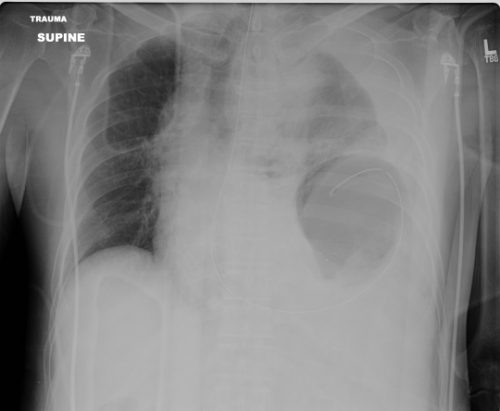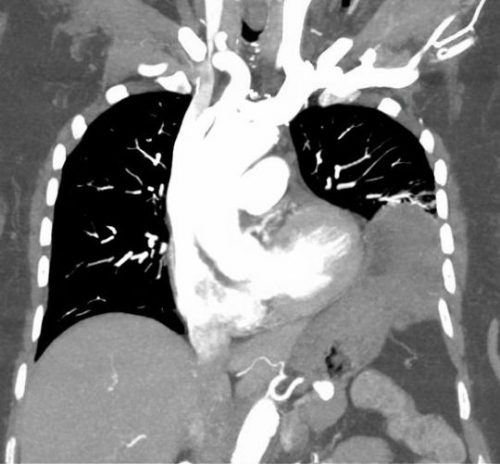Yesterday, I wrote about one blood biomarker, GFAP, and its possible application in detecting traumatic brain injury (TBI). Today, I’ll discuss a complementary marker called UCH-L1.
Fewer studies have been done looking at the utility of UCH-L1 in detecting TBI than of GFAP. A review article published last month pooled existing literature to get a sense of how good this biomarker really is. It also examined the risk of bias due to the small numbers of studies involved.
Here are the factoids:
- Only 38 abstracts were eligible, but full text was available for analysis in only 13 (meaning it was only an abstract and never passed muster for publication). The authors of the published studies were contacted for additional information, which is an interesting (and helpful) practice.
- Of all of those, only 4 were selected for meta-analysis! This significantly limited the value of the analysis.
- Serum UCH-L1 has a high accuracy in predicting CT findings in mild to moderate TBI, but there is a high risk of bias affecting this result
- Plasma UCH-L1 has a moderate accuracy predicting CT findings across all GCS levels, with a low risk of bias
- Pooling all studies, this is high accuracy in predicting CT findings in patients with TBI across all GCS levels, but there is a high risk of bias affecting the results
Bottom line: UCH-L1 show promise as a predictor of CT findings in patients with TBI. However, the research papers were few and far between, and the possibility of bias was high. What does this mean? That using this test alone is better than a coin toss, but not good enough to change our practice in ordering CT scans in head injured patients. More well-designed studies are needed tell us whether this new (and undoubtedly expensive) test is worth the trouble.
Tomorrow, I’ll discuss a blood test incorporating both UCH-L1 and GFAP that was recently approved by the FDA.
Reference: The diagnostic values of UCH-L1 in traumatic brain injury: A meta-analysis. Brain Inj 32(1):1-17, 2018.


